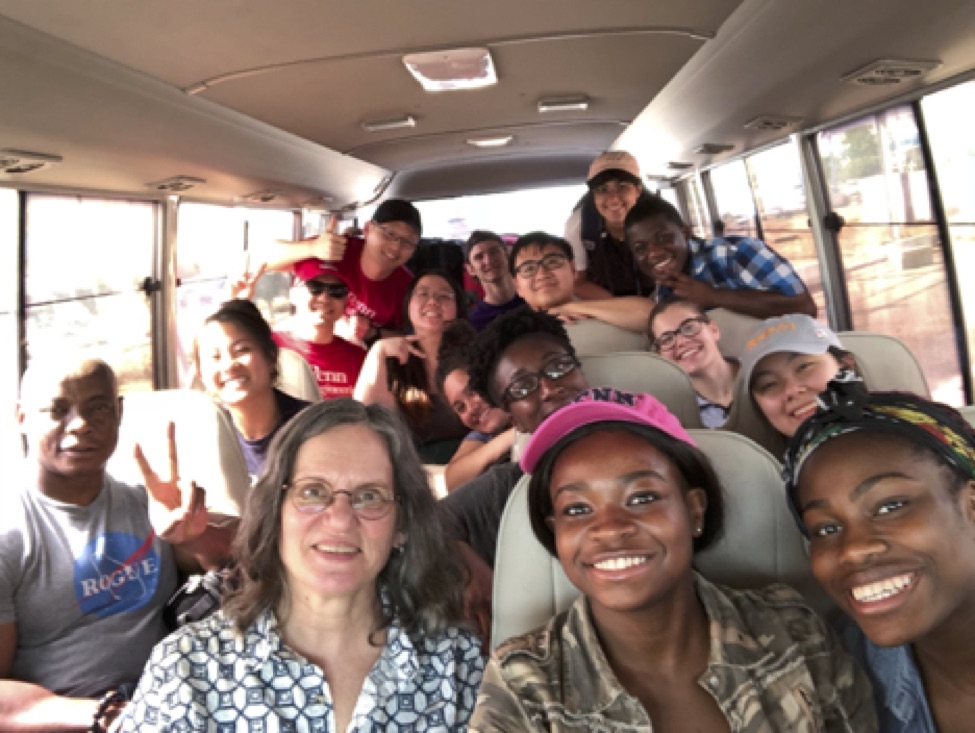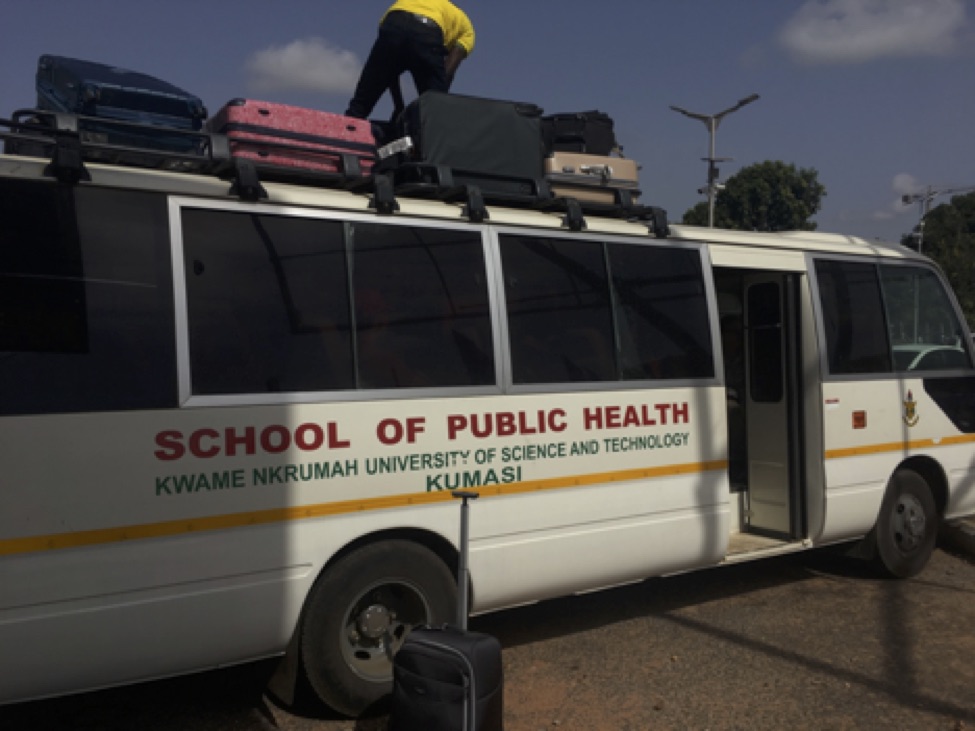
The School of Engineering and Applied Science has granted tenure to six faculty members, including three from the Department of Bioengineering.
Tenured faculty at Penn Engineering demonstrate teaching excellence and international leadership in their fields of study and research collaborations.
Brian Chow
Associate Professor in Bioengineering
Chow’s research focuses on the discovery and engineering of photoreceptors and sensory proteins for manipulating and monitoring the physiology of genetically targeted cells, and the application of these tools to reveal principles of cellular dynamics. His work has advanced the rational design of light activated proteins and the use of optogenetic reagents to study cell signaling.
David Issadore
Associate Professor in Bioengineering
Issadore’s research combines microelectronics, microfluidics, and nanomaterials to create miniaturized platforms for the diagnosis of disease. His work has the potential to radically change the way we diagnose and treat diseases by bringing the technologies out of the lab and directly to the point of care.
Dongeun (Dan) Huh
Associate Professor in Bioengineering
Huh’s research aims to develop innovative bioengineering tools and technologies using biologically inspired design principles and micro- and nano-scale engineering techniques to create systems that mimic the structure and function of human physiological systems.
Linh Thi Xuan Phan
Associate Professor in Computer and Information Science
Phan’s work focuses on making cyber-physical systems (CPS) safer, faster, and more secure, both by strengthening the theoretical foundations and by developing practical solutions. Her recent projects include a cloud platform with real-time capabilities, a new diagnosis technique for timing-related faults, and new ways to defend CPS against attacks from insiders and/or external attackers.
Amish Patel
Associate Professor in Chemical and Biomolecular Engineering
Patel’s research strives to achieve a molecular-level understanding of solvation and transport in aqueous and polymeric systems, with applications ranging from the prediction of protein interactions to the design of advanced materials for water purification and energy storage. His group combines principles of statistical mechanics and liquid state theory with state-of-the-art molecular modeling and atomistic simulation techniques to study these biological, nanoscopic and polymeric systems.
Aleksandra Vojvodic
Associate Professor in Chemical and Biomolecular Engineering
Vojvodic’s research focuses on theory and computation-driven materials design. Her lab uses computational frameworks to obtain fundamental understanding of surface and interface properties of complex materials that can be used to develop theoretical models for chemical transformations and energy conversion. These models have been used to predict new catalyst materials for several chemical reactions which have been experimentally synthesized and tested, validating the desired properties of the computationally predicted catalyst material.
Originally posted on the Penn Engineering Medium blog.





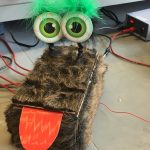
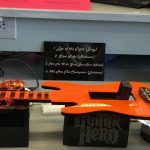
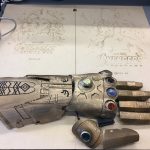


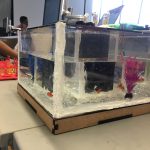


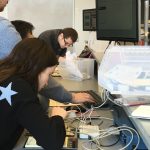
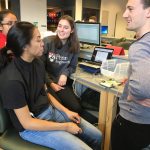
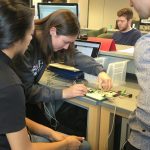
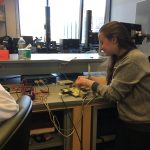

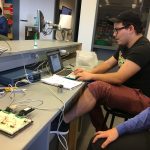

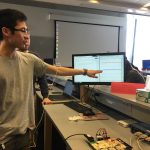
 A team of faculty and students from
A team of faculty and students from 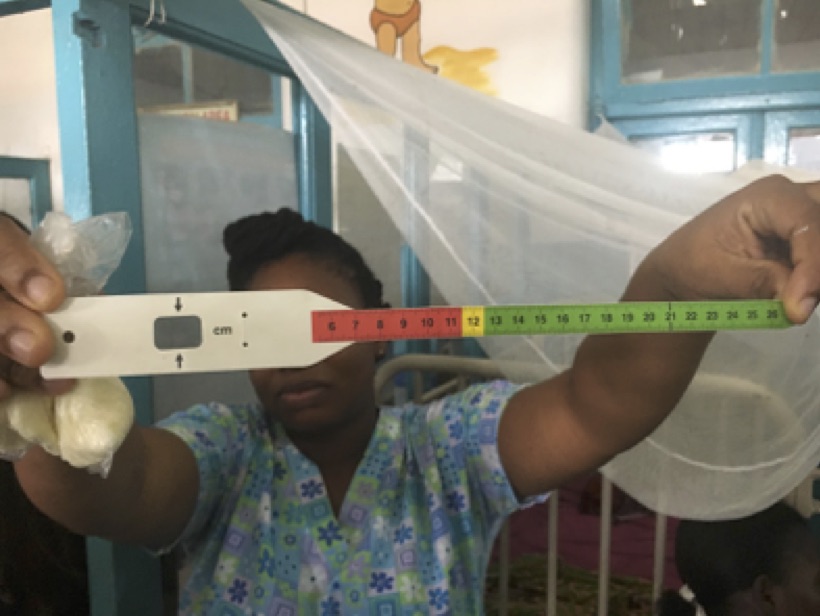
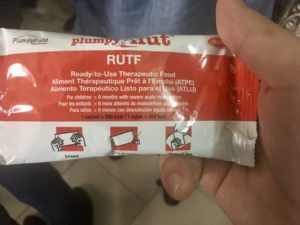
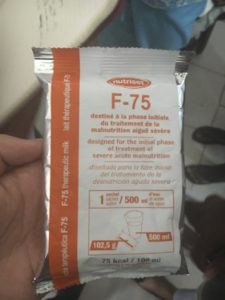
 The mental health lecture, given by Dr. Emma Adjaottor, was impressive and surprising. We are so lucky that we met one of the psychiatric physicians among a hundred across the country. The doctor frankly introduced mental health development in Ghana. Though they have lagged behind, they have made a lot of progress, with the number of psychiatrists in Ghana recently increasing from single digits to the double digits. Dr. Adjattor emphasized that the epidemiology of mental health in Ghana is nearly identical to the rest of the world, particularly in terms of incidence and prevalence, even though it is severely under-reported. The doctor explained that, although the epidemiology is the same, the terms used to describe these issues are often different, relying on more local ideas, such as spirits and witchcraft.
The mental health lecture, given by Dr. Emma Adjaottor, was impressive and surprising. We are so lucky that we met one of the psychiatric physicians among a hundred across the country. The doctor frankly introduced mental health development in Ghana. Though they have lagged behind, they have made a lot of progress, with the number of psychiatrists in Ghana recently increasing from single digits to the double digits. Dr. Adjattor emphasized that the epidemiology of mental health in Ghana is nearly identical to the rest of the world, particularly in terms of incidence and prevalence, even though it is severely under-reported. The doctor explained that, although the epidemiology is the same, the terms used to describe these issues are often different, relying on more local ideas, such as spirits and witchcraft.
